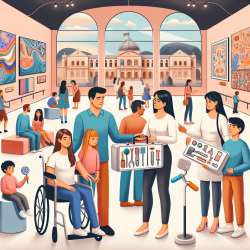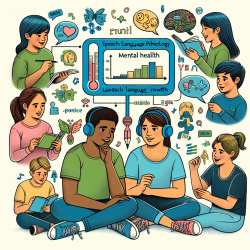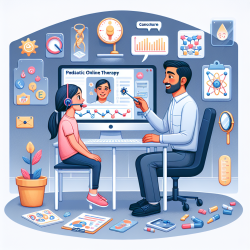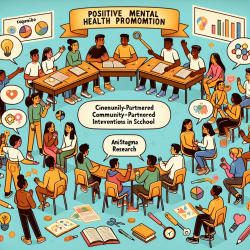The importance of accessibility and inclusion in cultural institutions cannot be overstated, especially for families with children on the autism spectrum. The research article "Accessibility and Inclusion for Families with Children with Autism Spectrum Disorders in Cultural Institutions" by Hladik et al. provides valuable insights and tools that practitioners can implement to enhance their skills and improve experiences for these families.
The Toolkit for Accessibility and Inclusion
The research conducted by Hladik et al. resulted in the development of a comprehensive evaluation toolkit designed to assess and improve the accessibility and inclusion of cultural institutions. This toolkit includes five unique tools and the Dimensions of Accessibility framework, aimed at providing a self-assessment mechanism for institutions. By utilizing this toolkit, practitioners can identify areas needing improvement and implement changes to create more inclusive environments.
Key Components of the Toolkit
- Evaluation Tools: These tools help assess current practices in cultural institutions regarding accessibility and inclusion.
- Dimensions of Accessibility Framework: This framework guides institutions in evaluating their physical spaces, programs, and policies to ensure they are welcoming to families with children on the autism spectrum.
- Resources for Self-Assessment: Practitioners can use these resources to conduct thorough evaluations and plan proactive developments.
Implementing Research Outcomes
The research highlights several best practices that practitioners can adopt to improve their skills:
- Create Sensory-Friendly Environments: Design spaces that accommodate sensory processing differences to make cultural experiences enjoyable for all visitors.
- Engage with Stakeholders: Collaborate with families, caregivers, and experts to understand their needs and incorporate their feedback into program development.
- Continuous Training: Provide ongoing training for staff to ensure they are equipped with the knowledge and skills needed to support diverse visitors effectively.
The Importance of Further Research
This research underscores the need for continuous exploration into accessibility and inclusion practices. Practitioners are encouraged to delve deeper into this area by engaging with current literature, attending relevant conferences, and participating in webinars. By staying informed about new developments and sharing insights with peers through networking opportunities, practitioners can contribute to creating more inclusive cultural experiences.










